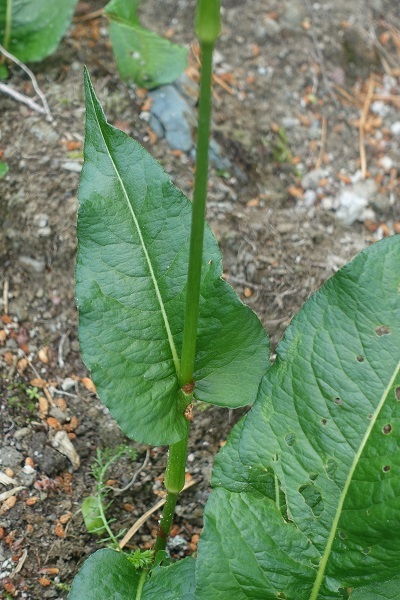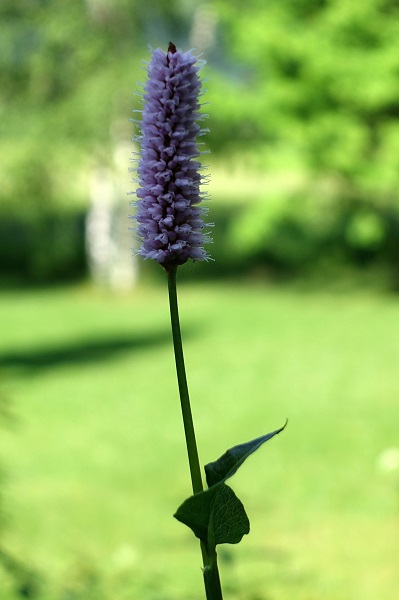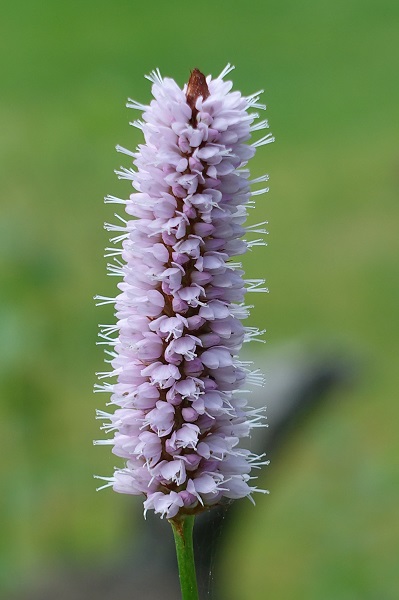|
|
| Life form: |
| Perennial herb |
| Stems: |
| Height 20–80 cm., erect, unbranched, glabrous |
| Leaves: |
| Alternate, simple, smooth margin |
| Flowers: |
| Inflorescence a spike, pink flowers with five perianth segments, eight stamens, three fused carpels and three free styles |
| Flowering Period: |
| June–July |
| Fruits: |
| Nut, glossy black |
| Habitat: |
| Anthropogenic (man-made or disturbed habitats), forest edges, forests |
| Distribution: |
| Southern and central Sweden |

Derivation of the botanical name:
Bistorta, bis, "twice," and tortus, "twisted," thus twice-twisted, in reference to the double turn of the fruit.
officinalis, derived from opificina, shortened to officina, originally a workshop, later a monastic storeroom, then a herb-store, pharmacy or drug-shop.
- The standard author abbreviation Delarbre is used to indicate Antoine Delarbre (1724 - 1813), a French botanist, author of "Flore d'Auvergne."

|



